About to have a C-section? Learn what you can’t do after this surgery.
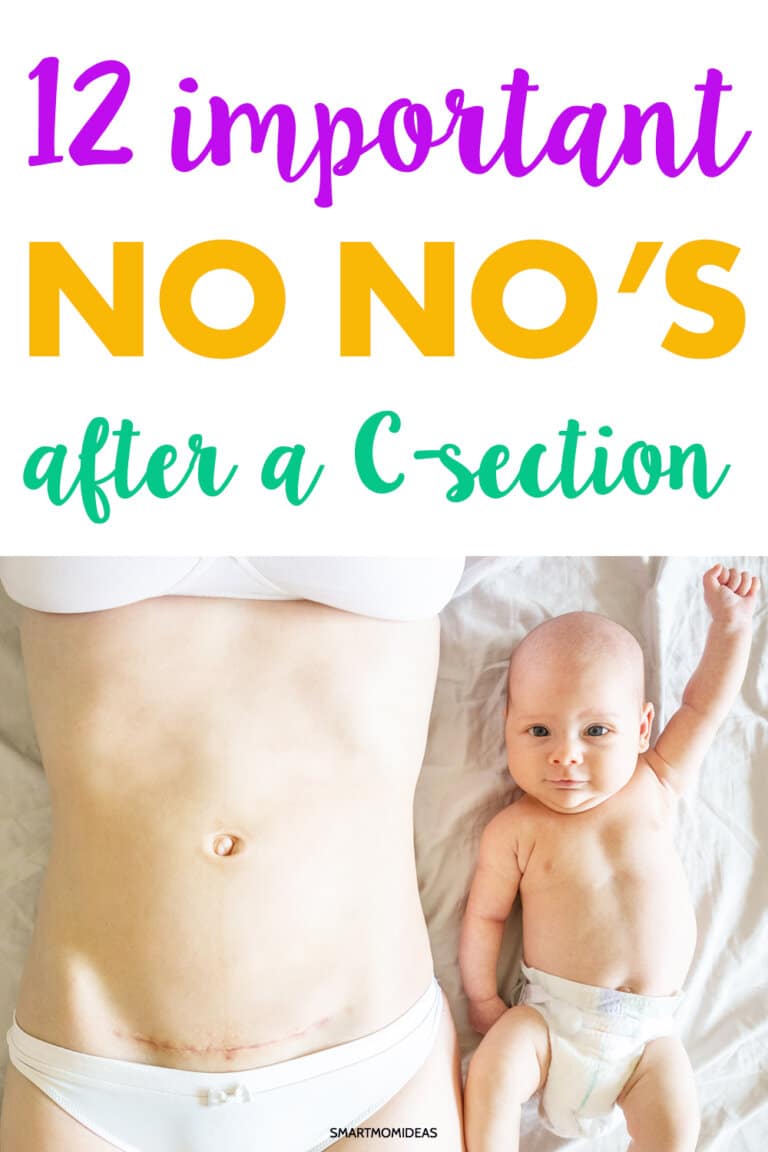
No matter how your baby arrives in this world, your body goes through a lot to make it happen.
While vaginal birth does do a number on your body, mothers who have C-sections don’t get to walk away from pain and recovery.
On the contrary, there are special considerations that have to be taken when it comes to healing from a cesarean section.
The number one focus of any mom who experiences a C-section is healing but, to make this happen (and quickly), there are certain things that should be avoided.
Whether you are facing the possibility of a cesarean section, or have had one recently, here are 12 things you definitely should not do in order to ensure a speedy recovery.
Things Not To Do After Having a C-Section
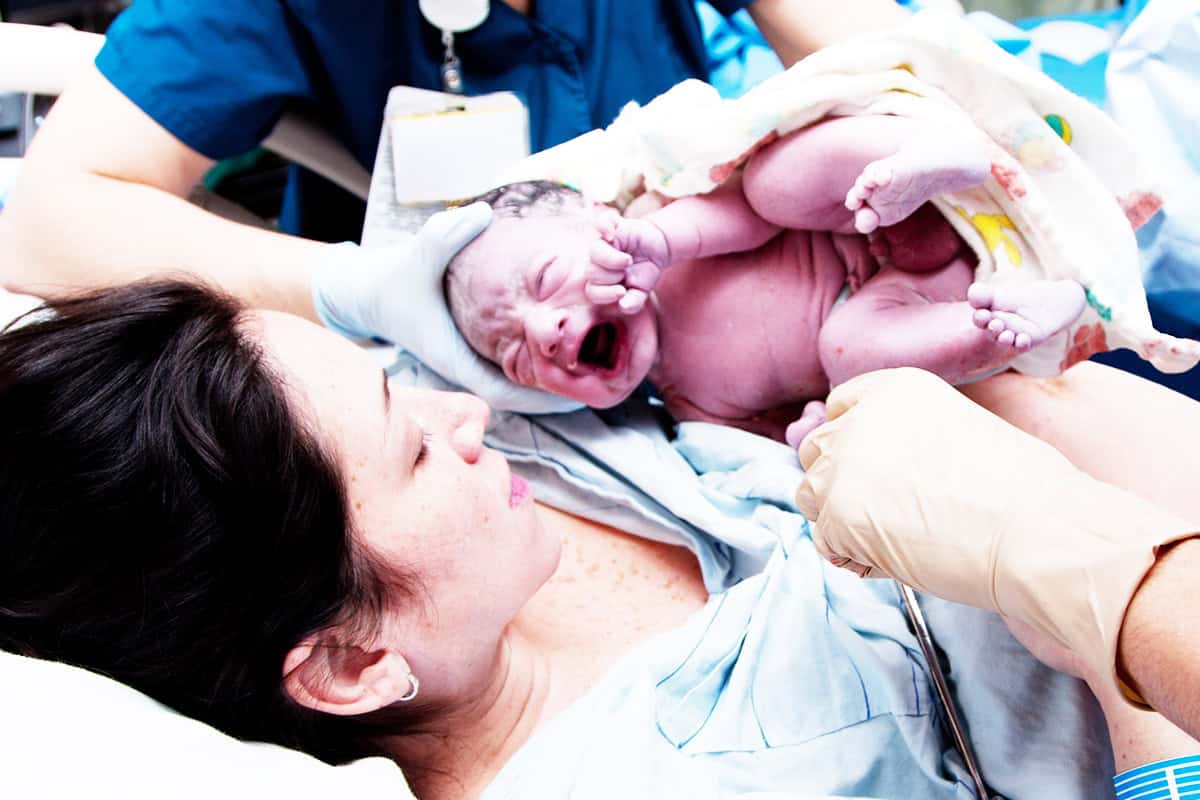
1. Don’t Do Too Much
Because a C-section is a major abdominal surgery, your body is going to need lots of time to heal.
Although you get to spend around four days in the hospital resting, you need to continue resting even when you get home. This means staying in bed or on the couch as much as you possibly can – at least for the first week.
When it comes to lifting, you should try not to lift anything heavier than your baby. That doesn’t mean you are clear to jump back into housework or other domestic responsibilities.
You’re going to find that simple tasks, like getting dressed, are going to leave you winded – so you can imagine what sweeping and mopping will do.
Even though there’s no hard-and-fast rule as to how long it will take for you to recover, you’ll begin to recognize when your strength is coming back. Take it slow and try easing back into light housework and short walks.
Remember, the more you allow your body to rest, the quicker your recovery will be.
2. Don’t Neglect Your Incision
C-section incisions are significantly smaller than they used to be in the past, but they still need the same amount of care to ensure that no infections occur.
Your doctor will give you instructions for caring for your incision, which includes keeping the area dry and clean and using warm, soapy water to wash the incision everyday.
Try to avoid fancy soaps with additives and scents. Instead, stick to a gentle antibacterial soap.
Sometimes doctors will use tape strips to hold your incision closed. These usually fall off on their own within a week.
If you notice swelling, pain, redness or oozing around the incisions, visit your doctor immediately to treat any potential infections.
3. Don’t Wear Tampons
Following a cesarean section, you may experience vaginal bleeding for up to six weeks. Resist the urge to use tampons to control the bleeding.
You may think that because your baby didn’t come out of your vagina that there’s no reason to keep anything out of there.
However, your uterus still needs to clean itself out and your cervix still has to go back to rights, so using tampons puts you at risk of developing serious infections.
Instead, opt for thick pads or, if the bleeding is really heavy, adult diapers. This may seem silly but at least you will have the comfort of knowing the mess will be contained.
As far as heavy bleeding goes, it should slow down as your body heals. If you notice that the bleeding starts to get heavy again then this means you may be doing too much and should rest.
After six weeks postpartum, you’ll have a check-up with your doctor or OB-GYN. If heavy bleeding continues, you can address it with your medical practitioner. Otherwise, they will probably clear you to continue your business down there as usual.
4. Don’t Have Long Soaks in the Tub

Part of your usual rest and relaxation routine may include long, warm baths but you should avoid these following a C-section – at least for the first six weeks.
Soaking before your incision has healed and the bleeding has stopped can lead to infections.
Try to have showers instead, where your incision is not submerged in water. If you’re still in pain and having a hard time moving around, consider buying a shower seat so you can sit while you wash.
If you feel compelled to soak, have a sitz bath instead.
You can soak in a sitz bath up to three times a day for 10-15 minutes. These are a great way to promote healing in your vaginal region.
To make a sitz bath in your tub, fill the bathtub with only 2-3 inches of warm water and sit (the term sitz actually comes from the German word sitzen or “to sit”).
Having a sitz bath will ensure that your vaginal area gets a good, soothing soak while your incision stays out of the water.
If getting in and out of the tub is difficult, you can purchase a sitz bath kit that fits onto your toilet.
5. Don’t Eat Rich, Heavy and Fatty Foods
Following a cesarean section, you need to eat carefully due to the fact that you just went through an abdominal surgery.
This type of surgery can affect your digestive system for a few days, so you want to do your best to avoid heavy, rich and fatty foods that will cause stomach upset and gas.
Instead, stick to lighter and nourishing foods such as soup, chicken, whole grains, fruits, vegetables and yogurt.
I have a post on low-meat Instant Pot meal ideas to help with postpartum.
If you really can’t resist your favorite meals, at least give yourself a few days before slowly introducing them back into your diet.
Remember that if you’re breastfeeding, you need to keep your calorie intake up, so don’t shy away from eating healthier foods.
6. Don’t Try to Do Everything Yourself
This kind of goes hand-in-hand with not doing too much, but it’s important to note that you are allowed to ask for help while you are healing from a C-section.
When a friend or family member offers to help cook and clean for you, accept their generosity. The longer you can take to rest, the more quickly you will heal and get to taking care of things yourself.
And don’t be afraid to ask for help. You and your body have gone through a rigorous ordeal – no one is going to fault you for reaching out.
If you haven’t had your child yet, and fear your sense of pride will get in the way of receiving aid, you can always be proactive before the baby arrives.
Take some time to prepare some freezer meals and organize your home to cut down on meal prep and housework.
7. Don’t Have Sex
After being pregnant for nine months and having your baby, you may be craving intimacy with your partner.
However, for the same reason you shouldn’t use tampons, you shouldn’t have sex for at least six weeks.
Even though you didn’t give birth vaginally, as I mentioned before, your uterus and cervix still prepared themselves for birth. It takes some time before everything goes back to normal down there.
If you start allowing foreign objects (you know what I’m talking about) to enter your vagina, you greatly increase the risk of developing a painful infection from bacterial hitchhikers.
There are many ways you can feel intimate with your significant other that doesn’t involve intercourse. Cuddling, touching and other fun bedroom activities should tide you over for six weeks.
8. Don’t Sit Around All Day
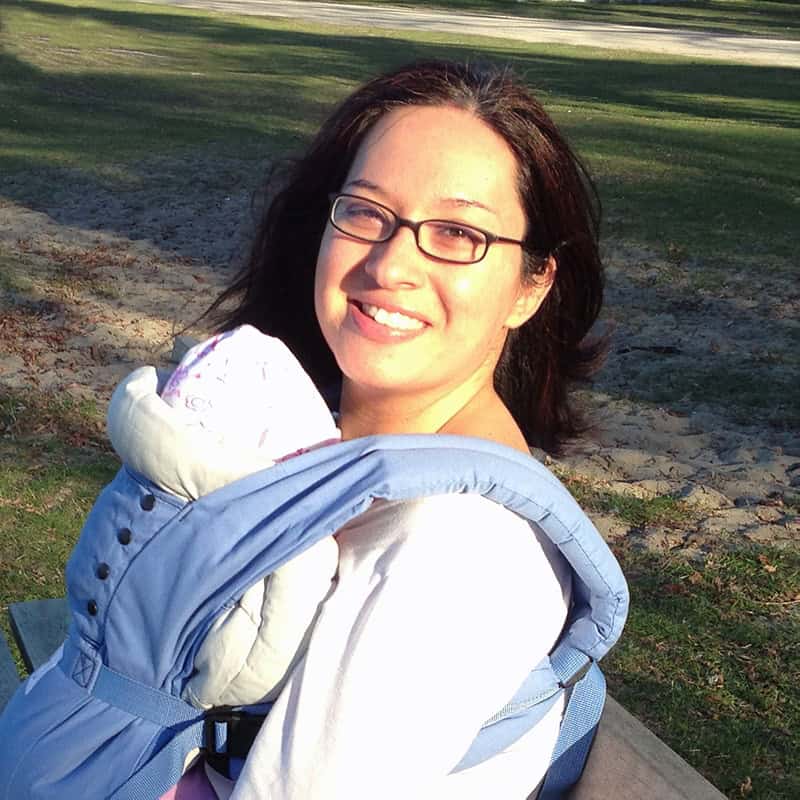
Okay, so this may contradict what I said about resting as much as possible, but hear me out.
Even though you should relax as much as possible while you are healing, you want to make sure your body doesn’t get stiff and sore from lack of movement.
Try to make an effort to get up and move around during the day. This doesn’t mean doing housework or exercise, just a little jaunt around the house to keep your muscles loose.
Walking will also help to prevent blood clots as well as constipation. This is what I did early on and it helped me heal faster.
Just don’t push yourself too far – once you feel tired and sore, take a break before getting up again.
9. Don’t Forget to Drink Lots of Water
Water is key to healing any sort of injury, including a major surgery.
Not only will drinking lots of water keep your blood flowing and promote healing, but it will also help with constipation and swelling.
Swelling is a normal part of postpartum, especially since most births involve having IV fluids pumped into your body. Since the fluid has to go somewhere, you may notice your feet, legs, hands and face appearing swollen.
Drinking water will help to flush out this excess fluid. However, if the swelling is warm or painful to touch, you may want to speak to your medical practitioner.
When it comes to constipation, this is caused by pregnancy hormones as well as the post-trauma of abdominal surgery.
To alleviate the constipation, drink lots of water and use suppositories as needed.
10. Don’t Avoid Pain Medication
The key to getting the rest you need to heal is reducing the pain you are feeling. Check with your doctor first, but there should be no reason you can’t take over-the-counter (OTC)medications to manage your pain.
When you start taking an OTC pain medication, you’ll notice a significant reduction in pain and swelling.
However, before you decide you don’t need them anymore and stop taking them completely, begin by reducing your dosage.
You may feel great taking the pain medications, but cutting yourself off all at once could cause you to lapse into significant bouts of pain again.
If ever in doubt when it comes to taking any sort of medication, don’t hesitate to speak with your doctor.
11. Don’t Ignore Signs of Depression
It’s important to note that the term “baby blues” and “postpartum depression” are not the same thing.
Yes, you’re going to feel emotional after having your baby but, when those emotions are hindering your ability to function both as a person and as a mother, they can’t be ignored.
A good rule of thumb is to give yourself about a month after your C-section to let your mental and emotional health balance out as you heal.
Remember, not only are you dealing with healing from a major surgery, but you are stepping into the role of mother which means sleepless nights and constant worry.
But if you find yourself experiencing symptoms such as intense sadness, loss of appetite, mood swings, increased anxiety and a lack of joy, it’s time to talk to your doctor.
Postpartum depression is common and many mothers experience it.
The best thing you can do for you and your baby is reach out for help.
12. Don’t Feel Bad
Many mothers envision the perfect birthing situation when it comes to having their baby and I can guarantee you it rarely involves cesarean section.
It can be extremely disappointing when your birth plan doesn’t go according to, well, plan.
Just remember that your doctors, doulas and other healthcare providers are focused solely on bringing your beautiful baby into the world in the safest way possible.
When you focus on the health of you and your baby, instead of how your baby is born, it’s sometimes easier to accept a C-section if it needs to happen.
Don’t feel bad for how your baby is born. You carried that precious thing for nine months and you’re going to care for him or her for many more. How they arrived is such a small part of their life story.
Take Care of Yourself, Mama
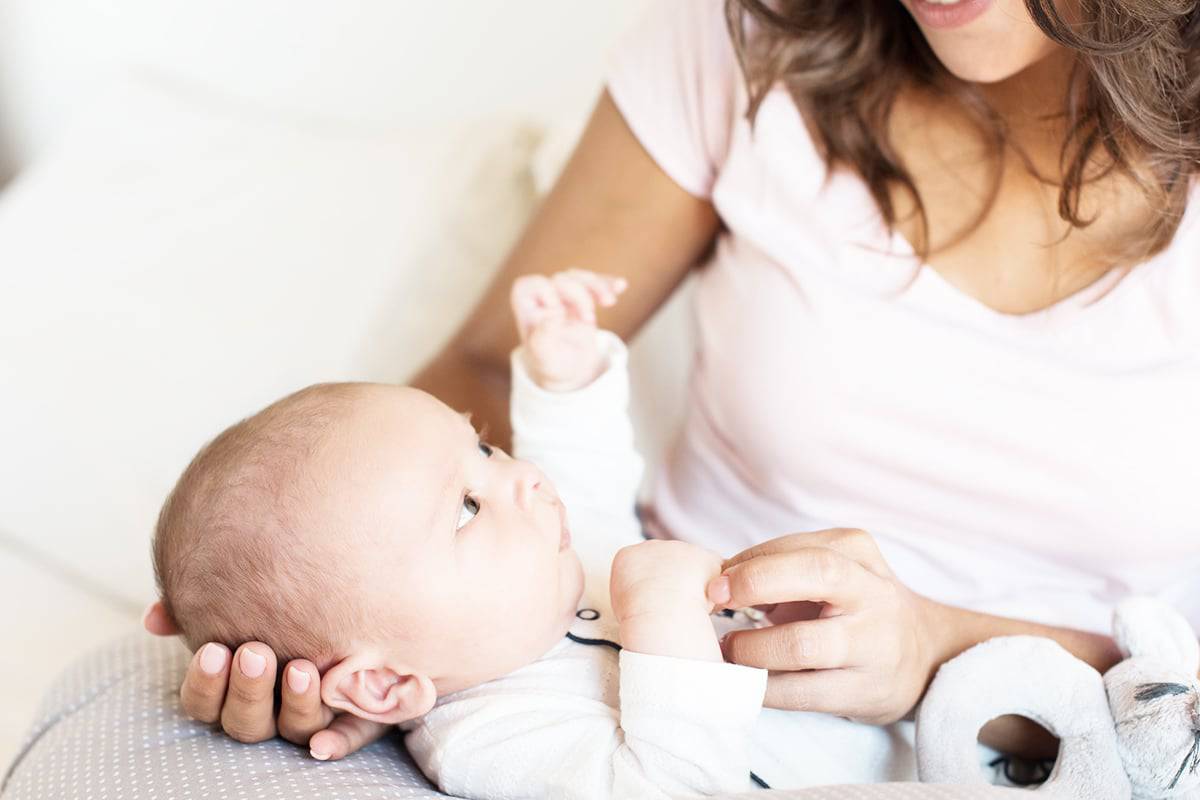
Birth, in whatever shape and form it takes, is a momentous occasion and a lot of work for one body to go through.
Whatever you do after your C-section, make sure you focus on taking care of yourself as well as taking care of your baby.
It may seem like a long haul, but it will be over before you know it.
How about you? Have you had a C-section?
Please remember to pin me!


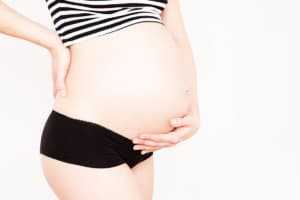
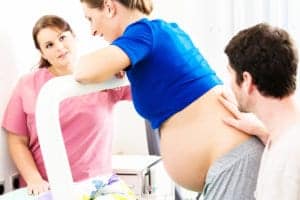
Leave a Reply